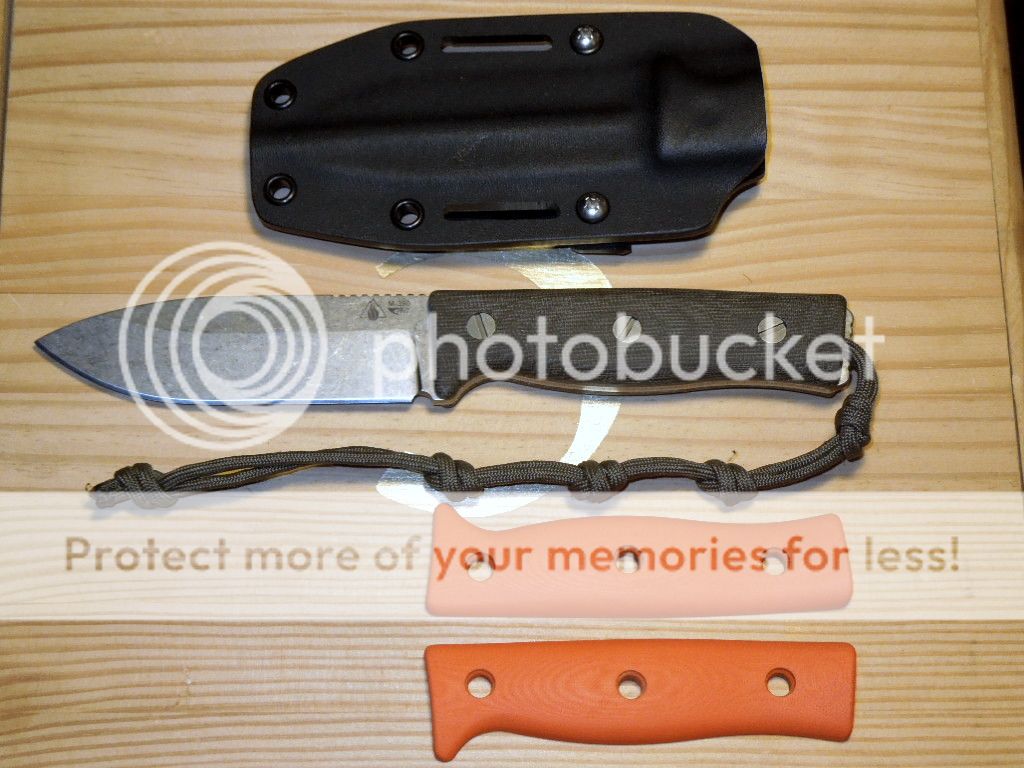chiral.grolim
Universal Kydex Sheath Extension
- Joined
- Dec 2, 2008
- Messages
- 6,422
Agreed :thumbup:
I find it to be excellent, I particularly like that there are aspects of/in it's design that are purposely the way they are.
I'm puzzled though about a video I viewed on Y.T.
Of course everybody's experience differs with any particular knife, I never heard any neg's re:
the GSO 4.1, I wonder if he just had a dull knife?
http://youtu.be/YPSvhbtv10k
The GSO-4.1 has a fairly robust edge, 0.030 - 0.040" at the shoulder back ~0.06" from the apex, 15-20 dps. Compared to an edge <0.020 thick (e.g. a lot of puukkos and carving knives), the knife doesn't carve very well, there is much more resistance to penetration. The user had a very particular angle that he wanted to hold the blade for carving, he needed to raise the spine a bit further from the wood to get a better bite. One could also grind the apex angle lower for this specific use. I can carve just fine for my purposes with my unmodified GSO-4.1, but will probably bring the angle down on the first sharpening (it isn't dull yet
The other comments in the video are subjective or surface.
The handle screws/pillars are all the same length because it's less expensive (cost not passed on to consumer) and they are thus interchangeable - if one is lost, another can take its place as needed.
The KiahDex sheath is superior to leather in many ways, though some may prefer leather anyway for a knife like this (it certainly would be classier :thumbup: but perhaps more expensive).
By the way, if anyone is interested in a drop-down extension for the sheath, I've made some up and will gladly ship them out on request (not free
https://picasaweb.google.com/109675974399787025312/KydexExtension?authkey=Gv1sRgCJmZ1czFrrGjogE
This is NOT intended as a "for sale" post, just trying to make folks aware of the options that exist. Lots of kydex-benders who frequent this forum make similar accessories, so no one need suffer a knife that rides too high
Last edited:


